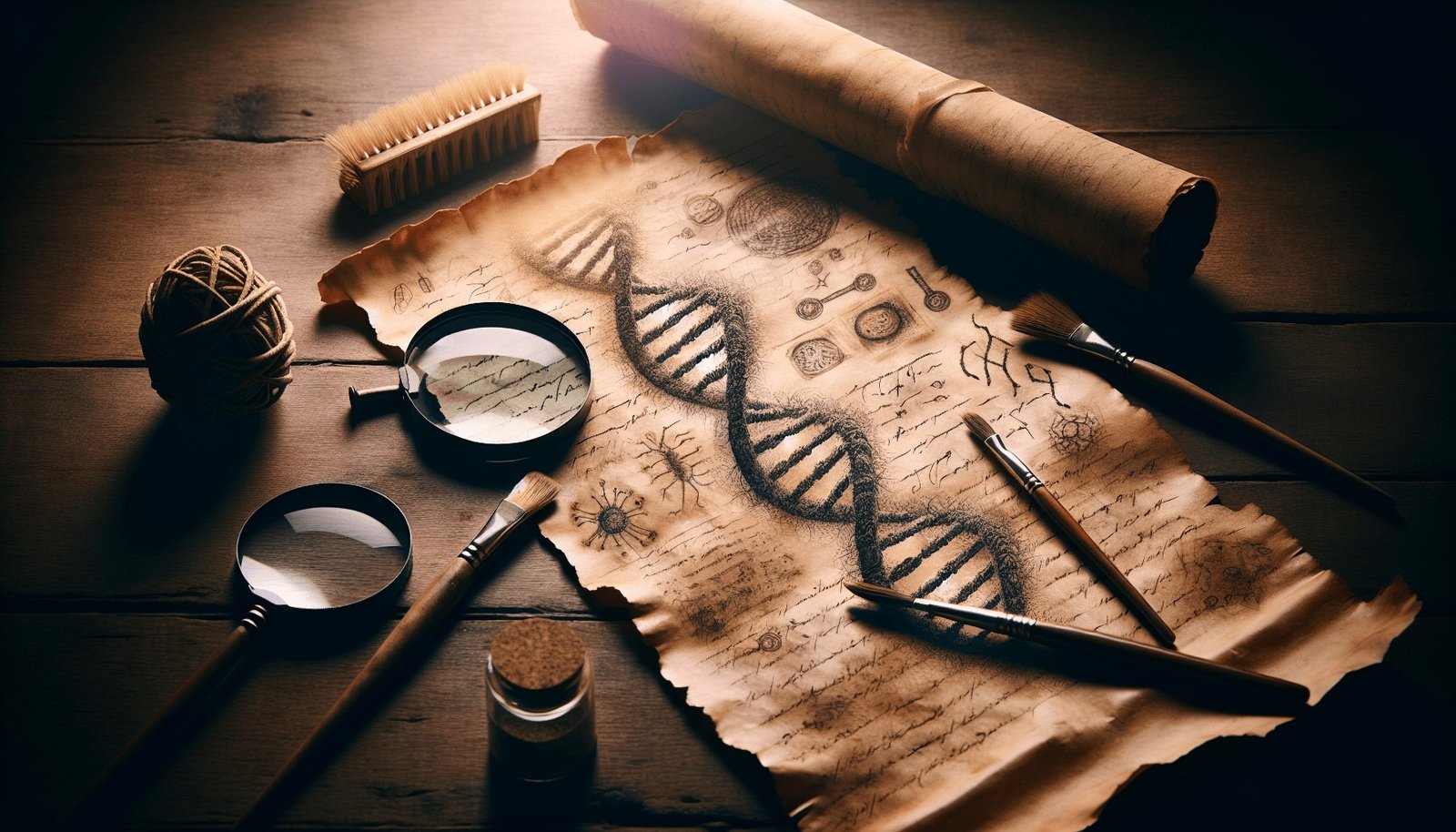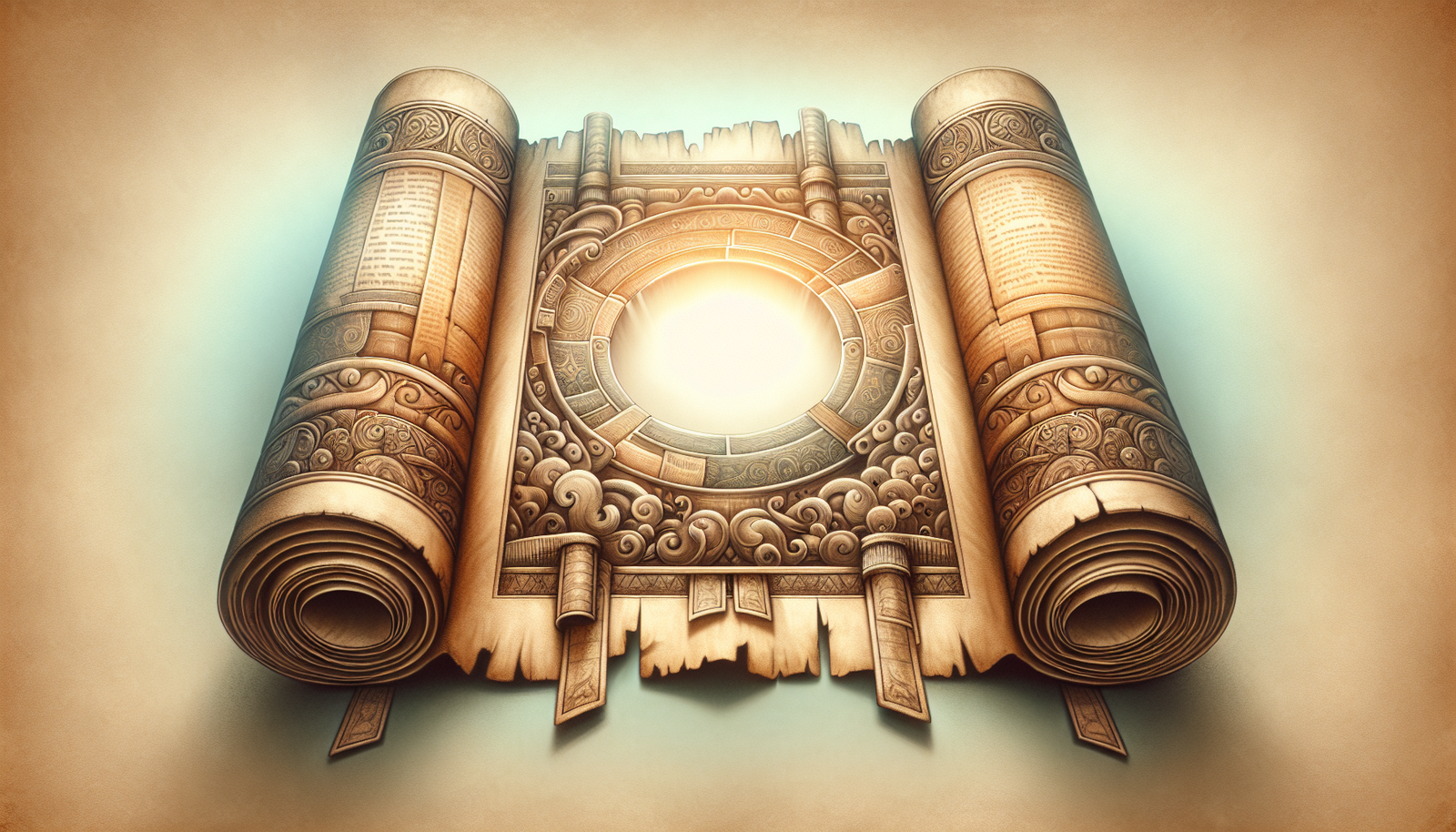Have you ever wondered how ancient DNA could shed light on the enigmatic stories of the Bible? The intertwining worlds of science and religion are being redefined through the innovative field of ancient DNA analysis. This groundbreaking approach is unlocking secrets hidden within biblical narratives, providing fresh perspectives on well-known stories and characters. In this article, we will delve into the role of ancient DNA in biblical archaeology, examining its profound impact on our understanding of history.
Discovery Context
The merging of ancient DNA analysis with biblical archaeology is a recent development but has already revolutionized the field. The Bible, a sacred text for billions, contains narratives that traverse millennia, shaped by the movements and interactions of various people and cultures. However, historical evidence supporting these stories has often been elusive. DNA analysis offers a new lens through which to view these ancient tales, providing concrete, scientific evidence.
Biblical Reference and Historical Background
While historical narratives abound in the Bible, they are often part history, part moral doctrine, and part interpretation. References to figures like King David or places such as Jerusalem serve as pivotal elements in biblical lore. Centuries have passed since these stories were first told, leading researchers and believers alike to seek greater clarity.
Geographic Location and Recent Findings
Archaeological excavations in the Near East, particularly in regions such as Israel and surrounding territories, have revealed human remains dating back thousands of years. DNA extracted from these ancient bones provides insights into the genetic makeup of populations who lived during biblical times. Recent findings suggest connections between these ancient peoples and modern-day descendants, shedding new light on the Bible’s historical context.
Archaeological Evidence
The convergence of genetic data with archaeological artifacts helps build a more comprehensive picture of ancient biblical societies. The physical remnants of these past civilizations, coupled with DNA data, offer a more vivid glimpse into the lives and movements of historical populations.
Specific Artifacts and Dating Methods
Significant artifacts such as pottery, inscriptions, and ancient tools offer context to biblical tales. The introduction of radiocarbon dating and DNA sequencing has opened new avenues for dating these relics with striking accuracy. By analyzing the DNA from remains found alongside these artifacts, researchers can correlate genetic findings with historical timelines.
Physical Descriptions and Expert Interpretations
The physical analysis of ancient DNA involves not only the technical extraction of genetic material but also the subsequent interpretation by experts in genetics and archaeology. Scholars piece together these genetic sequences to tell stories about migration patterns, lifestyle, and even physical characteristics of ancient peoples.
Dr. Laura Harrison, a leading archaeologist, has noted, “When we can paint a genetic picture of ancient populations, we transcend the myths and reach the crux of historical truth—it’s akin to putting flesh on ancient bones.”
Significance
The implications of these genetic revelations extend far beyond mere academic interest, reaching into our understanding of biblical texts, history, and modern identity.
Biblical Implications
Unraveling ancient DNA can either corroborate or contest biblical narratives, leading to a more nuanced appreciation of these texts. No longer are certain stories simply legends; they can be examined through the lens of science to either confirm or raise questions about long-held beliefs.
Historical Impact and Modern Understanding
Beyond biblical implications, this field of study provides a broader understanding of human history and evolution. Genetic revelations can affirm historical records or challenge them, prompting reevaluations of accepted timelines and migrations.
Research Status
Research in this area is burgeoning, with new discoveries frequently coming to light. The interdisciplinary nature of the work, combining archaeology, genetics, and history, promises continued advancements in unraveling the mysteries of ancient texts.
Conclusion
The use of ancient DNA analysis in biblical archaeology is transformative, bridging the gap between past and present while offering tangible evidence to support or challenge biblical narratives. As we continue to explore this promising field, future implications seem boundless—each discovery bringing us closer to understanding the grand tapestry of human history woven together by both scientific and religious threads. Consider the questions that remain and the potential to reshape not just archaeological practice but the very narrative of human civilization.






